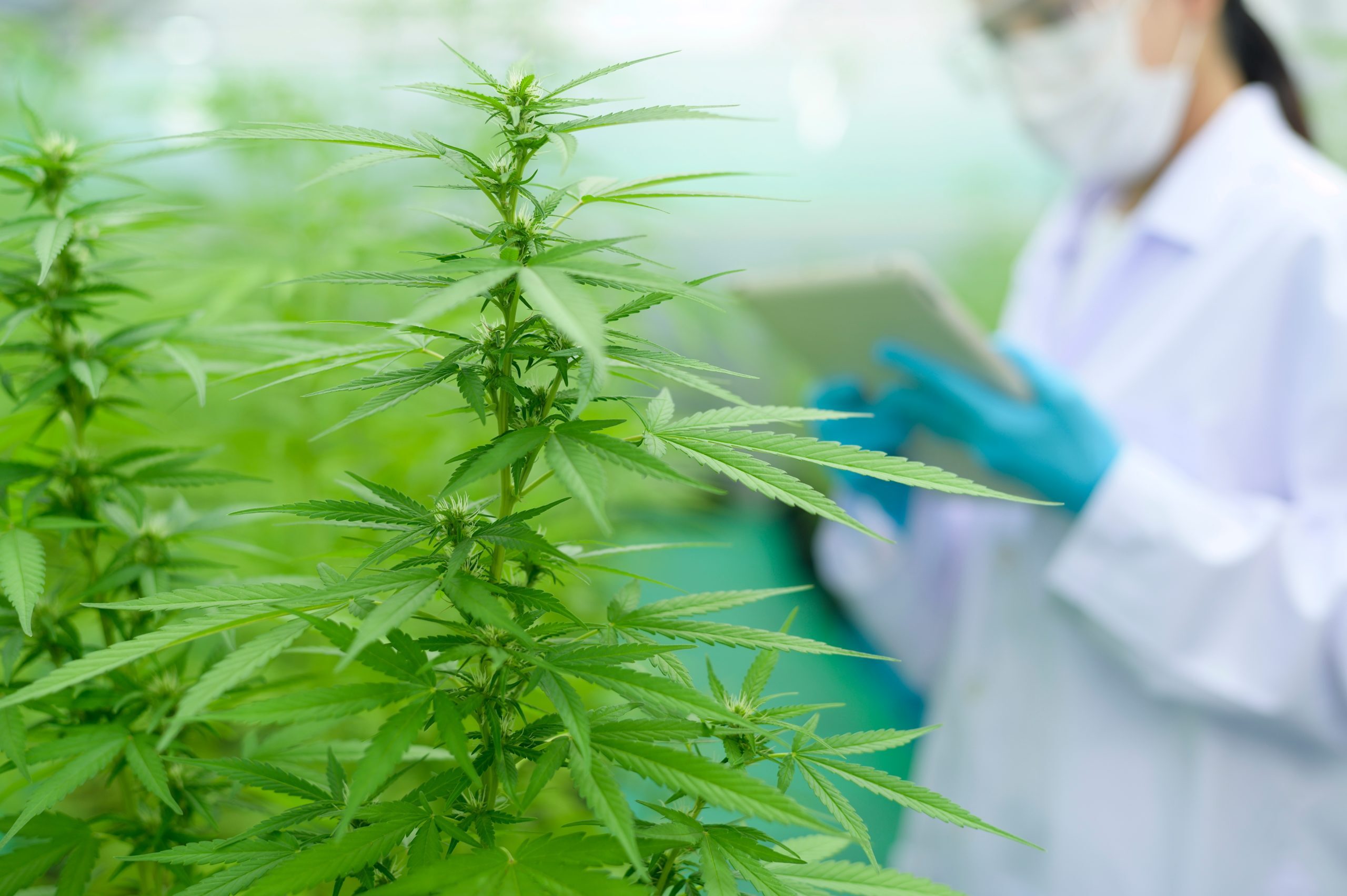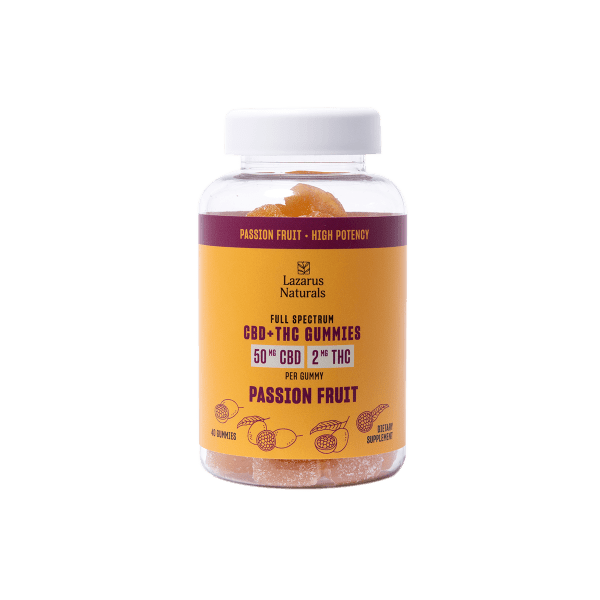Article Topics
Pain is defined as a noxious stimuli that occurs as a result of tissue injury and it causes both physical and emotional discomfort. It can be either acute or chronic. While acute pain can be easy to manage with regular analgesics, chronic pain is complex and can be very difficult to treat. Consequently, humankind has always been in search of better ways to treat pain, especially of a chronic nature.
Cannabis has been used to treat different kinds of pain for thousands of years. It is believed that Sir John Russell Reynolds, Queen Victoria’s physician, prescribed this plant medicine to treat the queen’s PMS. Cannabis has also been used to relieve childbirth pain, headaches, and a wide variety of painful conditions. To date there are several patients who have turned to cannabis to gain relief from painful conditions.
In this article, we review the scientific evidence on the use of cannabis aka marijuana to treat pain and we also look at some of the top marijuana strains for chronic pain relief.
Cannabis For Pain
Medical marijuana refers to the use of the bioactive compounds in cannabis to treat disease. Cannabis has several bioactive compounds that can be classified into cannabinoids, terpenes, flavonoids, and nutrients. There are over 140 unique cannabinoids in marijuana. Delta-9-tetrahydrocannabinol (THC) and cannabidiol (CBD) are the most popular cannabinoids. Research has shown that these two cannabinoids have immense therapeutic potential which is currently under investigation.
Research has shown that most people who use this plant as a form of treatment do so to manage pain. This could be attributed to cannabis’ influence over the endocannabinoid system (ECS) which is involved in the regulation of pain.
The ECS is a dynamic system that maintains homeostasis in the body. When physiological functions are out of balance, the ECS triggers changes that will restore balance in the body aka homeostasis. Pain is one of the vital functions that are under the influence of the ECS. Other functions include the following:
- Sleep
- Appetite
- Reproduction
- Memory and learning
- Hormonal function
- Moods
- Digestion
- Immunity
The ECS regulates pain through complex pathways that involve the endocannabinoid receptors (CB1 & CB2). One review showed that the ECS regulates nociception (pain from actual tissue injury) by interfering with the endocannabinoid signaling pathway.
Cannabis has been implicated in inflammatory and neuropathic pain models. This means that it has a role to play in modulating pain that arises from inflammation and nerve damage. Even though the exact mechanism through which it acts has not been elucidated, it is evident that cannabis has a role to play in the treatment of pain. Indeed, a 2018 review supports the use of medical cannabis for the management of chronic pain in adults.
THC and Pain
THC is a psychoactive cannabinoid, this means that it has the potential to alter one’s mental status and cause euphoria. THC binds to receptors of the ECS that are mainly located in the brain and the central nervous system (CB1). It is through this integration that THC is able to exert its psychoactive properties. The same mechanism could also be involved in THCs pain relieving properties.
One study compared the pain relieving effects of THC with that of codeine. Patients were given 10mg of THC and 60mg of codeine. The dose was also doubled to 20mg of THC and 120mg of codeine. The researchers found that the pain relieving properties of THC were comparable to those of codeine at the given dosages. Even though THC was more sedating, it caused a greater sense of wellbeing and reduced anxiety levels in patients.
CBD Oil For Pain
CBD is a non-psychoactive cannabinoid that has weak interactions with both the CB1 & CB2 receptors. CBD exerts its pain relieving effects through different pathways such as the serotonin and ion channels (TRPV) pathways. It also acts synergistically with THC and other cannabinoids and terpenes to provide stronger pain relief. When CBD is combined with THC in a full-spectrum extract, it helps to reduce some of the negative effects of the psychoactive cannabinoid.
CBD’s role in relieving pain is mostly due to its anti-inflammatory and antispasmodic properties. This makes CBD a suitable agent for addressing neuropathic pain.
Unlike THC, CBD has a wide safety margin and is well tolerated by most people. It also enjoys the privilege of being “federally legal” as opposed to THC.
Other cannabinoids that have been implicated in pain control include cannabichromene (CBC), cannabigerol (CBG), and tetrahydrocannabivarin (THCV). Like CBD, these compounds lack a high affinity for cannabinoid receptors, and exert their pain relieving effects through different mechanisms.
What Kinds of Pain Does Cannabis Treat?
The type of pain that one experiences is largely determined by the cause of the pain. This will also determine the characteristics and the severity of the pain. Cannabis can address different types of pain, mostly of a chronic nature.
Cannabis for Neuropathic Pain
Neuropathic pain is caused by damage to nerves that may be as a result of a surgical procedure, acute injury, or an underlying pathology. It presents as a sharp and prickly pain that is hard to ignore.
Both CB1 and CB2 receptors have been implicated in pain processing that occurs in response to peripheral nerve damage. This partly explains the involvement of the ECS in neuropathic pain. CB2 receptors in particular may be involved in the suppression of neuropathic pain. Ion channels (TRPV1) are also involved in neuropathic pain pathways.
One study showed that CBD can relieve neuropathic pain in diabetes if it is administered early in the course of treatment. This therapeutic effect may however diminish as the pain condition progresses.
A rat model study showed that the pain relieving properties of cannabis were greater in a full-spectrum extract (containing cannabinoids, flavonoids, and terpenes) than in a single cannabinoid offered alone. This is a demonstration of the entourage effects that implies that the “whole is greater than the sum of parts.” The effects were mostly mediated by TRPV implying that CBD was involved. When purchasing CBD oil for pain, it is advisable to go for a full spectrum extract which may offer greater pain relief.
Cannabis for Inflammatory Pain
Different cannabinoids have shown significant anti-inflammatory benefits in animal models. This includes THC, CBD, CBC, and THCV. Inflammation is a cause of pain in several chronic conditions such as arthritis, sickle cell, and inflammatory bowel disease.
Cannabis for Cancer Pain
Cancer pain is complex and involves different stimuli that occur all at once: inflammatory, neuropathic, and nociceptive pain. Research on the potential of cannabinoids in relieving cancer pain is in the preliminary stage. However, a 2008 mouse study showed that CB1 and CB2 receptor agonists are effective against tumor pain. The effects were comparable to that of morphine.
Cannabis for Migraines
One study that was conducted by the University of Colorado demonstrated the potential of cannabis in relieving migraines. In this study, almost 40% of the participants were able to cut in half the amount of pain meds that they use each month. The participants also used this plant to reduce the frequency of migraine attacks. The researchers concluded that cannabis was effective in reducing the frequency and duration of migraines and headaches of unknown origin.
Can Cannabis Help to Quell the Opioid Addiction?
The opioid epidemic is currently at unprecedented levels in the U.S. Increasingly more people are turning to opioids to numb themselves from different kinds of pain. In the process, they are getting hooked on opioids.
Cannabis has been fronted as a possible solution to the opioid crisis. In one study, it was shown that cannabis does not increase one’s pain threshold. This is unlike opioids which increase one’s pain threshold over time, prompting the individual to keep consuming more in order to achieve the same degree of pain relief. Indeed, some studies have shown that patients who use cannabis to manage pain have been able to cut back on their opioid use. This confirms that cannabis has a role to play in quelling the opioid crisis.
Cannabis May Increase Pain Tolerance
A different study has demonstrated that this plant may increase pain tolerance, instead of reducing pain. High THC strains cause euphoria which may also help to numb the feeling of pain. When one’s tolerance for pain is increased, they will be unlikely to feel the discomfort caused by painful stimuli. Indeed, patients who use cannabis to treat pain have reported a greater sense of wellbeing and reduced levels of anxiety.
Is Cannabis for Pain Safe?
To date, there are no deaths as a result of cannabis overdose that have been documented. However, some people may get overwhelmed by the euphoria that is caused by high THC strains. This includes hallucinations, confusion, headaches, paranoia, and anxiety. Should you experience any adverse effects after consuming cannabis , it is advisable that you find a quiet place to lie down as you wait for the effects to wear off . Some doctors even recommend a warm bath, or chewing on some pepper kernels, and to take it a step further, ingest some pure CBD vapor. If this does not help, you are better off checking into the emergency department.
CBD is relatively safe and well tolerated by a majority of the population. Some users may experience mild negative effects such as GI disturbances, drowsiness, and headaches.
Is Cannabis for Pain Legal?
Currently, 38 states and four territories in the US have legalized medical cannabis . In these states, patients with qualifying conditions can use this plant to relieve pain. To access medical cannabis , patients need to get approved by a qualified medical practitioner who can then recommend them to the medical cannabis program in their state. However, the federal government is yet to approve cannabis . This makes medical cannabis illegal at the federal level.
The Best Cannabis Strains For Pain
The best cannabis strains for pain are indica strains that have moderate amounts of THC and CBD.
Cannabis strains can be classified into four categories:
- Pure indicas
- Pure sativas
- Indica dominant hybrids
- Sativa dominant hybrids
Indica strains are known to provide powerful body effects that cause relaxation to the entire body. At the same time, they cause minimal cerebral stimulation. Sativa strains, on the other hand, are great for causing a cerebral buzz but have limited effects on the body.
An online survey that was conducted in 2014 showed that most participants prefer indica strains for the management of pain. This included non-migraine pain, joint pain, neuropathy, and spasticity. The survey had 95 participants and was published in the Journal of Alternative and Complementary Medicine.
As has been shown above, both THC and CBD offer significant pain relief. When combined in a strain, CBD helps to neutralize some of the negative effects of THC including the psychoactive properties. Some studies have suggested that CBD reduces the affinity of THC for the CB1 receptor. Additionally, studies have shown that a full spectrum cannabis extract produces stronger pain relief (neuropathic pain) as compared to a single isolate. This means that a combination of cannabinoids, terpenes, and flavonoids are good for pain management. Below are three cannabis strains that are good for pain control.
Do-Si-Dos
Dos-si-Dos is a powerful indica strain that is ideal for tackling chronic pain of different natures such as nerve pain and stubborn migraines. It contains 21%-30% THC and about 1% CBD.
GMO Cookies
GMO (garlic, mushrooms, and onions) Cookies is an indica dominant strain that is a hybrid cross between two famous strains: Girl Scout Cookies and Chemdawg. It is a strain that is ideally suited for tackling chronic pain from inflammation or tissue damage (nociception). It has high levels of THC, about 25%, and less than 1% CBD.
L.A. Confidential
This strain is good for beginners who need to quell different kinds of pain. It is an indica strain with moderate amounts of THC (about 18%). It is known to cause deep relaxation and slight euphoria that helps to numb pain.
Conclusion
Medical cannabis has shown great promise in the treatment of neuropathic and inflammatory pain. Researchers are looking into its potential in the management of migraines and cancer pain. THC and CBD act through different mechanisms to exert pain relieving properties. Cannabis has also shown promise in tackling the opioid addiction crisis. Research has shown that cannabis users have been able to cut back in their opioid use. While states have legalized medical cannabis , it still remains illegal under federal law. The best strain for tackling pain are indica strains that have moderate amounts of both THC and CBD including Dos-si-Dos, L.A Confidential, and GMO Cookies.
References
- https://www.webmd.com/migraines-headaches/under-counter-treatment-migraines
- https://mistakinghistories.wordpress.com/2017/08/29/queen-victorias-cannabis-habit-again/
- https://pubmed.ncbi.nlm.nih.gov/25846617/
- https://www.ncbi.nlm.nih.gov/books/NBK224384/
- https://meridian.allenpress.com/jmr/article/104/4/32/12280/The-Health-Effects-of-Cannabis-and-Cannabinoids
- https://www.ncbi.nlm.nih.gov/pmc/articles/PMC2828614/
- https://www.frontiersin.org/articles/10.3389/fphar.2018.01259/full
- https://www.ncbi.nlm.nih.gov/pmc/articles/PMC8459575/
- https://www.sciencedaily.com/releases/2020/09/200910120105.htm
- https://www.eurekaselect.com/93567/article/endocannabinoid-system-and-pain
- https://www.frontiersin.org/articles/10.3389/fphar.2018.01259/full





































